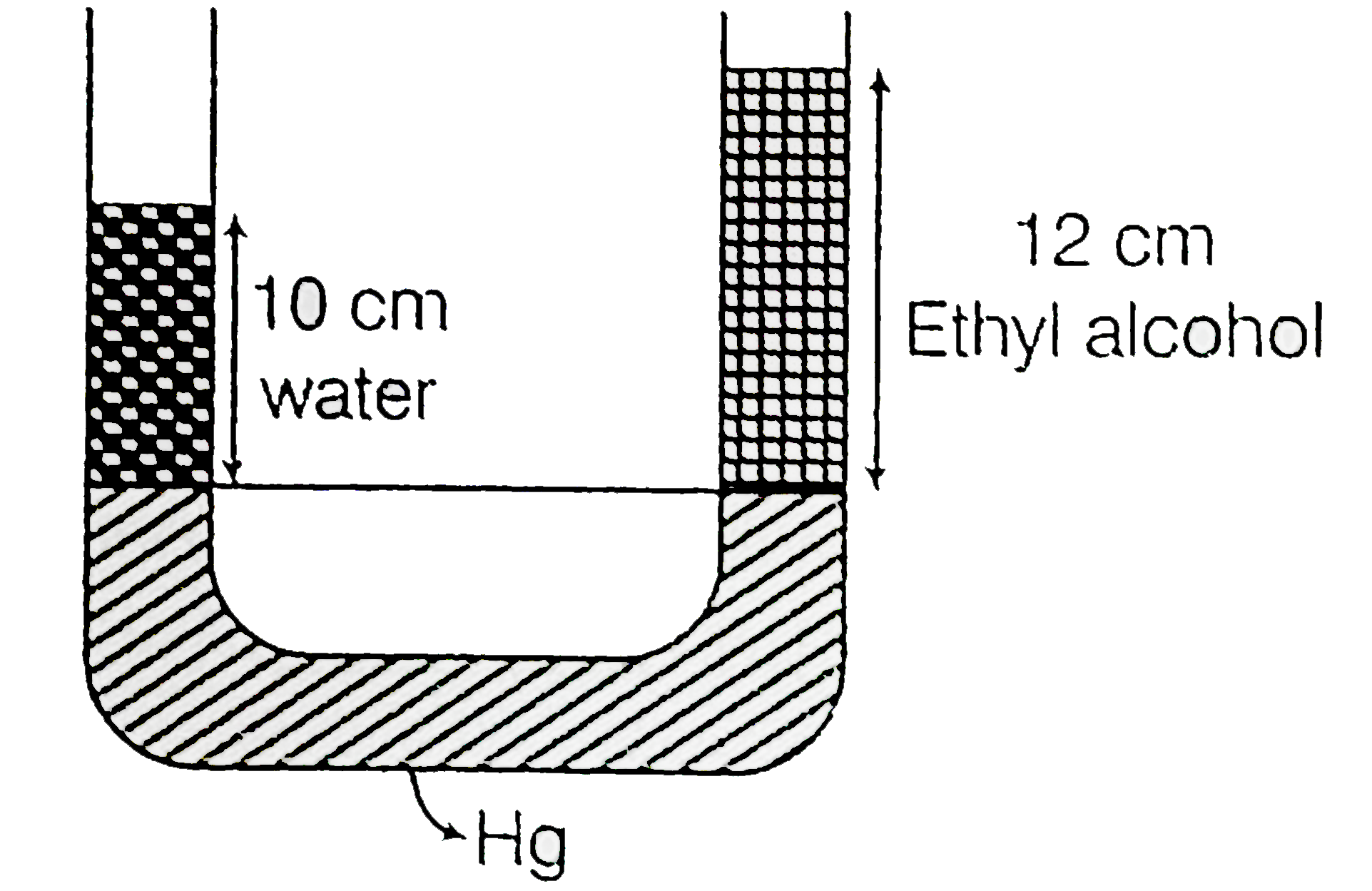During alcoholic fermentation, acetaldehyde is converted to ethyl alcohol by utilisation of
2 ATP
1 ATP
1 NADPH2
3 ATP
Step-by-Step Solution:
1. Understanding Alcoholic Fermentation: Alcoholic fermentation is an anaerobic process that occurs in the absence of oxygen. It is primarily carried out by yeast cells.
2. Starting Material: The process begins with pyruvate, which is derived from glycolysis. Pyruvate is then converted into acetaldehyde.
3. Conversion of Acetaldehyde: Acetaldehyde is the compound that is converted into ethyl alcohol (ethanol) during fermentation.
4. Role of NAD: The conversion of acetaldehyde to ethyl alcohol involves the utilization of NAD (Nicotinamide adenine dinucleotide). NAD is reduced to NADH in this process.
5. Energy Production: Each NADH molecule produced during this conversion can lead to the generation of ATP. Specifically, it is stated that the reduction of NAD to NADH can result in the production of 3 ATP molecules.
6. Final Answer: Therefore, during alcoholic fermentation, acetaldehyde is converted to ethyl alcohol by the utilization of NAD.
---
Topper's Solved these Questions
- CELLULAR RESPIRATION IN PLANTS BOOK - ICSECHAPTER - CELLULAR RESPIRATION IN PLANTS EXERCISE - REVIEW QUESTIONS ( FILL IN THE BLANKS )
5 Videos
- CELLULAR RESPIRATION IN PLANTS BOOK - ICSECHAPTER - CELLULAR RESPIRATION IN PLANTS EXERCISE - REVIEW QUESTIONS ( MATCH THE FOLLOWING )
1 Videos
- CELL CYCLE AND CELL DIVISION BOOK - ICSECHAPTER - CELL CYCLE AND CELL DIVISION EXERCISE - REVIEW QUESTIONS ( LOOK AT THE FIGURE BELOW)
2 Videos
- CHEMICAL CO-ORDINATION AND INTEGRATIONBOOK - ICSECHAPTER - CHEMICAL CO-ORDINATION AND INTEGRATIONEXERCISE - NCERT EXERCISES WITH ANSWERS (DIFFERENTIATE BETWEEN)
11 Videos
Similar Questions
Knowledge Check
Ether is obtained from ethyl alcohol
Ain presence of H2SO4 at 413KBin presence of H2SO4 at 473KCin presence of H2SO4 at 483KDin presence of H2SO4 at 473KThe alkyl halide is converted into an alcohol by
AeliminationBdehydrohalgenationCadditionDsubstitution
In alcohol fermentation
View SolutionHow acetylene is converted to ethyl alcohol ?
View SolutionAlcoholic fermentation uses
View SolutionHow is methyl alcohol converted to ethyl alcohol?
View SolutionEthyl bromide can be converted into ethyl alcohol by :
View SolutionFind density of ethyl alcohol

View Solution
